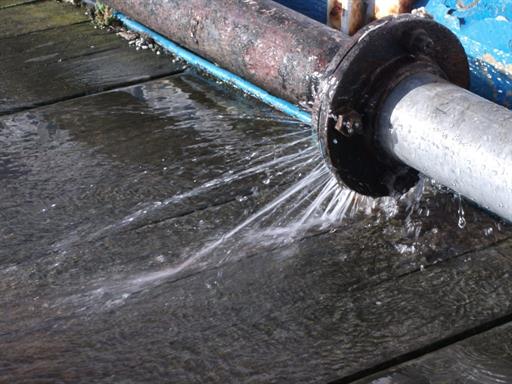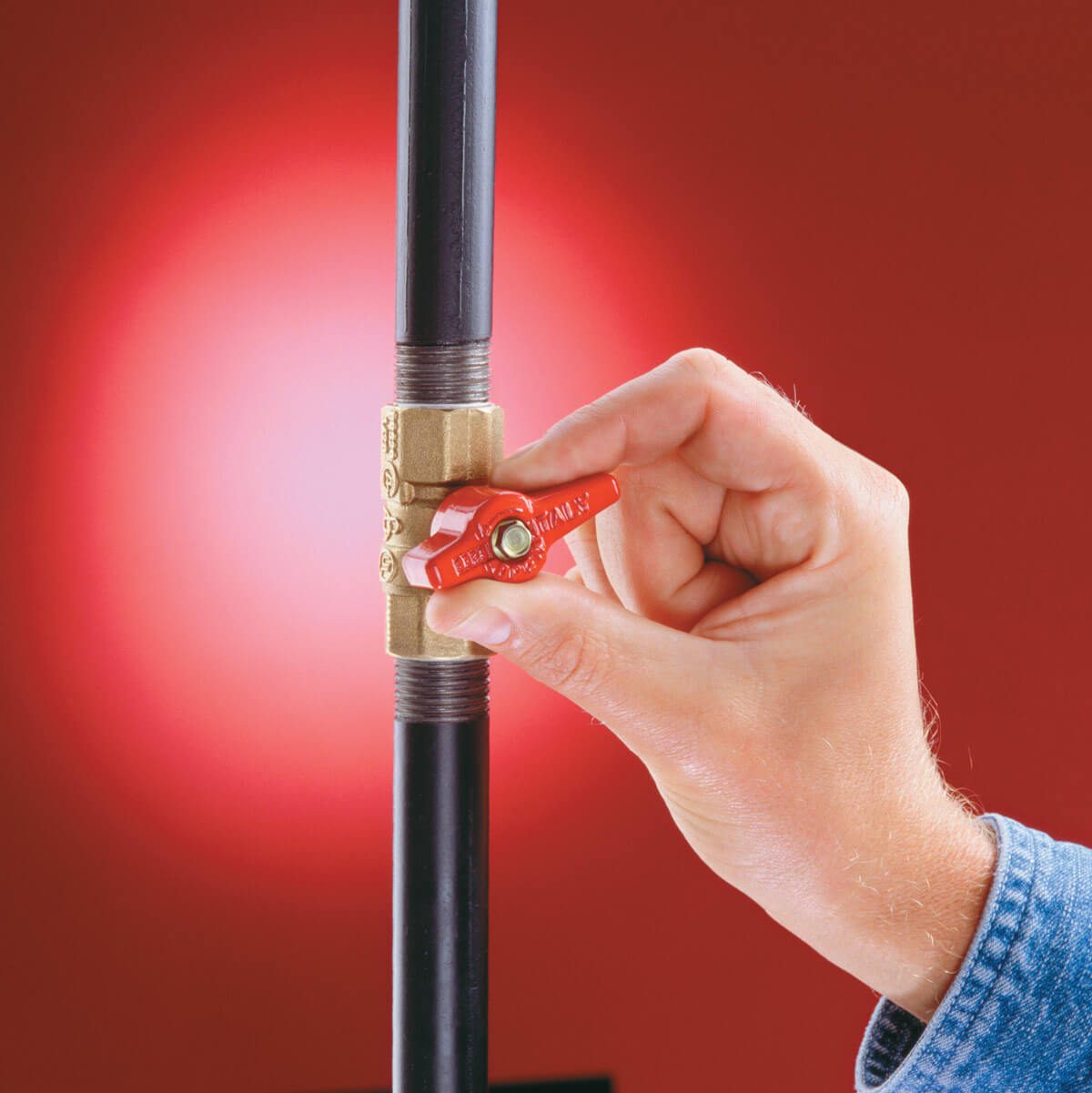From Detection to Correction: A Fast Approach to Handling Burst Pipes
From Detection to Correction: A Fast Approach to Handling Burst Pipes
Blog Article
Do you find yourself trying to locate information and facts about How to Install and Connect a New Dishwasher?

A burst pipeline is a major emergency; you can just stand as you view water you pay a lot to reunite with the planet. In worse situations, you notice a swimming pool on your kitchen floor, which is a wonderful trip danger, specifically if you have children around. If the pipeline that burst was in your wall surfaces, bad news: you may require to repaint that whole area.
Just how can a disaster like a burst pipeline be protected against and handled? Well, by paying attention to your specialist emergency plumbers and adhering to these guidelines.
How do I know when my pipelines have ruptured?
Varying water stress
Pipelines do not just burst in a day. You may have seen that your kitchen tap or shower does not run immediately when you turn the faucet. It may stop briefly for a few seconds and after that blast you with more force than normal.
In various other circumstances, the water might appear normal at first, after that drop in pressure after a few secs.
Damp wall surfaces and water spots
Prior to a pipeline ruptureds, it will certainly leak, many times. If this persistent leaking goes unnoticed, the leak may graduate into a broad laceration in your pipe. One simple method to avoid this emergency is to watch out for damp wall surfaces ad water stains. These water stains will lead you right to the leak.
Puddles under pipelines as well as sinks
When a pipeline ruptureds, the discharge creates a pool. It may show up that the pool is expanding in dimension, and no matter how many times you wipe the pool, in a couple of mins, there's one more one waiting to be cleaned up. Frequently, you may not have the ability to map the pool to any type of noticeable pipes. This is an indication to call a professional plumber.
Untraceable trickling sounds
Pipeline bursts can happen in the most undesirable areas, like within concrete, inside wall surfaces, or under sinks. When your home goes silent, you may have the ability to listen to an irritatingly consistent dripping sound. Also after you've checked your shower head and also kitchen area tap, the dripping may proceed.
Beloved viewers, the leaking may be coming from a pipe inside your wall surfaces. There isn't much you can do concerning that, other than inform a professional plumber.
Shut off the Water
When water freezes, it increases in quantity by regarding 9 percent. As well as it expands with tremendous pressure: The stress inside pipelines may go from 40 pounds per square inch to 40,000 psi! No pipeline can hold that much stress, so it breaks open. The break may take place where the ice kinds, however regularly, it takes place where water pressure finds a weak spot in the pipeline. That may be inches or even feet from the icy location. Discover the water shutoff valve and switch off the water to avoid more damages. You could likewise need to shut down the electrical energy as well, relying on where the leakages occurs and also exactly how big it is.
Infected water
Lots of people assume a ruptured pipeline is a one-way outlet. Fairly the contrary. As water drains of the hole or gash in your plumbing system, impurities discover their way in.
Your water might be contaminated from the resource, so if you can, inspect if your water tank has any type of problems. Nonetheless, if your drinking water is provided as well as purified by the local government, you should call your plumber quickly if you see or smell anything amusing in your water.
What do I do when I find a ruptured pipe?
Your water meter will certainly continue to run also while your water wastes. To reduce your losses, locate the primary controls and also turn the supply off. The water pipe are an above-ground framework at the edge of your property.
How to Fix & Detect a Leaking Pipe
How Do I Know if a Pipe is Leaking?
Leak detection tests can help you determine if your pipe has a leak. Even if you don’t see an apparent leak, you should still conduct leak detection tests regularly to save water and money—and prevent major damage to your home.
Water meter. It can be helpful to figure out what your usual water meter usage numbers are and then monitor them regularly. To monitor your meter, first, turn off all water faucets in your home. Check the meter and write down the numbers. In a few hours, check the meter again. If the numbers have changed, you have a leak. Water gauge. Use a water gauge to test your water pressure. Your showerhead should produce a certain amount of water pressure based on its model and design. If the pressure is lower than it is supposed to be for that specific showerhead, your home likely has a leak. Puddles. Look inside your bathroom, laundry, and kitchen sink cabinets. Puddles around the cabinets or around toilets, tubs, showers, and washing machines indicate the presence of a leaking pipe. You may also notice loose tiles, peeling or flaking paint, or mold caused by water accumulation. Napkin test. Even if you don’t see any puddles, you may still have a leak. You can test for water leaks in the bathroom, laundry, and kitchen by wiping below-sink connections with a napkin, paper towel, or piece of toilet paper. If it becomes damp, you probably have a leaking pipe under the sink. Discolored walls. Walls that are discolored—usually with brown or yellow stains—or bulging might mean that they have been impacted by water damage caused by a leaking pipe. Smell. A leaky pipe will create sitting water, and over time, that water may develop a musty smell. If your home smells musty, but you can’t locate the source, it may be due to a leak. Steps for Fixing a Leaking Pipe
A leaky drain can be remedied by tightening the pipe base, replacing the drain seal, caulking the rim, and tightening the pipe nut. Similarly, a leaking toilet pipe can be treated by tightening the packing nut. You may also need to replace the valve. A leaky faucet may just need tightening or replacement of the washers. If that doesn’t work, consider replacing your faucet. If your pipe has a hole in it, you may want to use a pipe leak sealer or pipe leak tape. This quick fix for water pipe leaks can also temporarily fix a copper pipe leak. https://www.ahs.com/home-matters/quick-tips/how-to-tell-if-pipes-are-leaking/

I was made aware of that editorial on What to Know Before Installing a Dishwasher from a friend on a different web page. Sharing is caring. You won't know, you could be doing someone a favor. We thank you for reading our article about What to Know Before Installing a Dishwasher.
Contact Us Now
Report this page